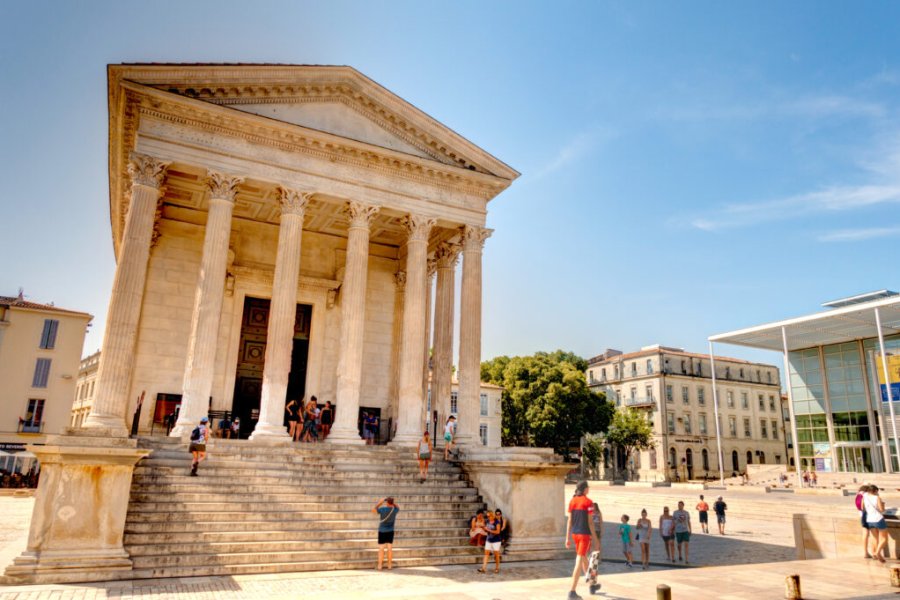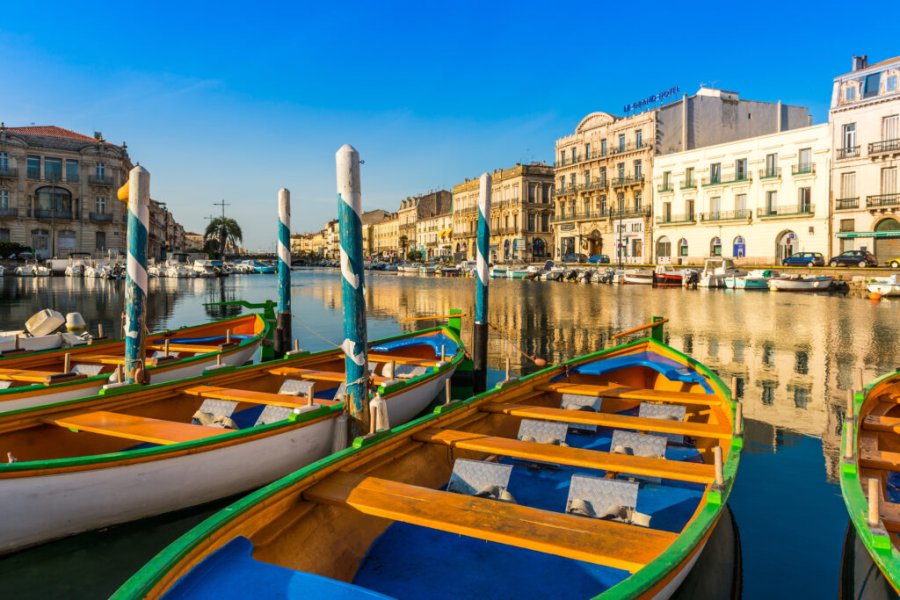Travel Guide Bassar
Find an accommodation
Advertising
Several versions coexist on the origin of Bassar. Some say that it was the Nakata who first settled in Bassar. They used to live hidden in the mountains, but were constantly attacked by wild animals. They then imagined knocking down termite mounds and plastering the inside of them in order to build their dwelling. The Nakata clan was later joined by various foreign lineages from the Gold Coast (Ghana), Kabyé country, Losso country, Kotokoli country and the Sansanné-Mango region. Another tradition refers to a certain Baasanti who settled in Pawu (Ukol district of Bassar). He was joined shortly afterwards by a hunter by the name of Junjita. Junjita, being of foreign origin, was appointed chief. Baasanti disappeared some time later, leaving only an overturned calabash as a trace. His tomb was therefore erected at this place. Following this episode, the inhabitants of Pawu decided to go down to the plain in order to create a new village located at the level of the current district of Biyaakpaab. From Kara, one must take the paved road to Kabou (about 53 km). At Kabou, the tarred road stops to make way for the Kabou-Bassar track (23 km). It takes about 1.5 hours to reach Bassar. The Kabou-Bassar track is not always in very good condition, especially during the rainy season. Bush cabs make the trip from Kara. They are more numerous on Saturdays, the day of the market, renowned for its yams. It costs about 2,000 FCFA to reach Bassar from Kara.
What to visit Bassar?
Advertising
Suggested addresses Bassar
Weather at the moment
Advertising
Organize your trip with our partners Bassar
Transportation
Book your plane tickets
Car Rental
Boat rental
Accommodation & stays
Find a hotel
Holiday rental
Find your campsite
Tailor-made trip
Immersion travel
Services / On site
Activities & visits
Find a doctor




